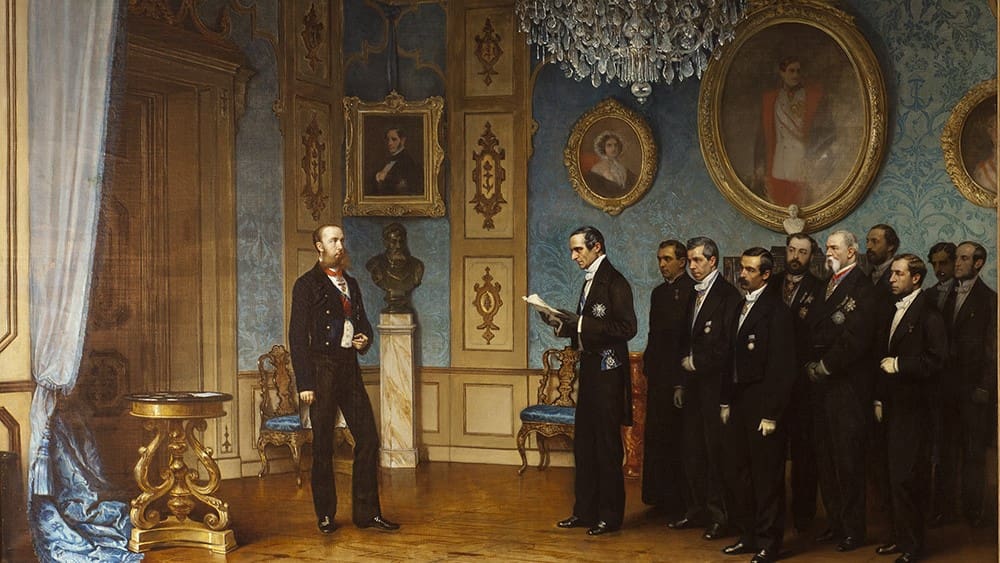
In 1864, Maximilian of Austria arrived in Mexico, assuming the throne of the country. He was declared emperor of Mexico as Maximilian I. Although this was only one, and quite brief, episode in his eventful life, it was the most memorable one, and the one that turned out to be fatal.
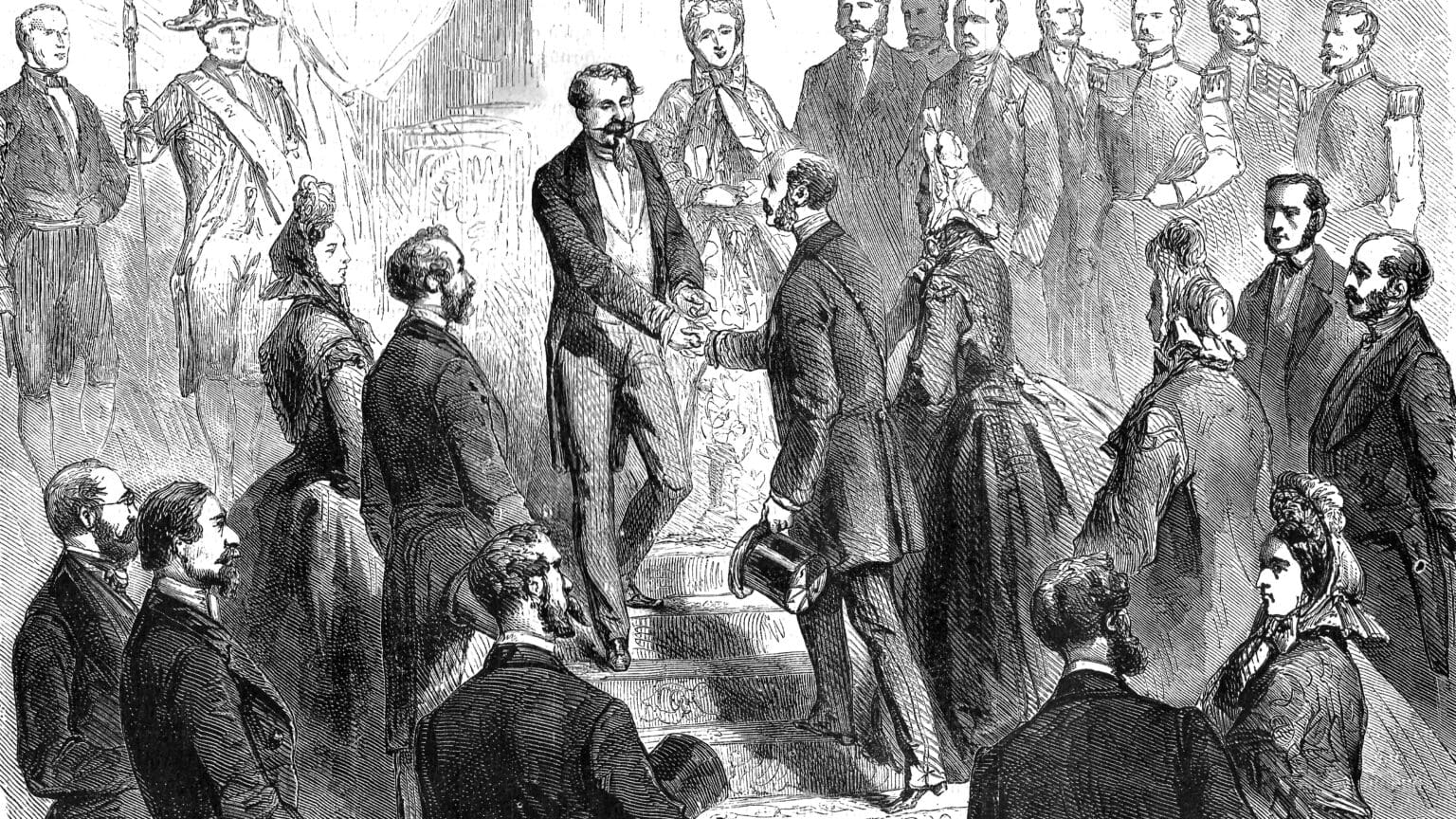
Mexico and Hungary are connected not only by their similar flag colours, or their shared love for hot and spicy food. Their histories also intersected multiple times, one example being when a Habsburg archduke briefly ruled the Latin American nation.

The Liget Budapest project is celebrating its 10-year anniversary. To commemorate this, it will have its own exhibition at the Budapest Museum of Ethnography. The museum quarter of the City Park as a whole e attracted 7.5 million visitors so far.
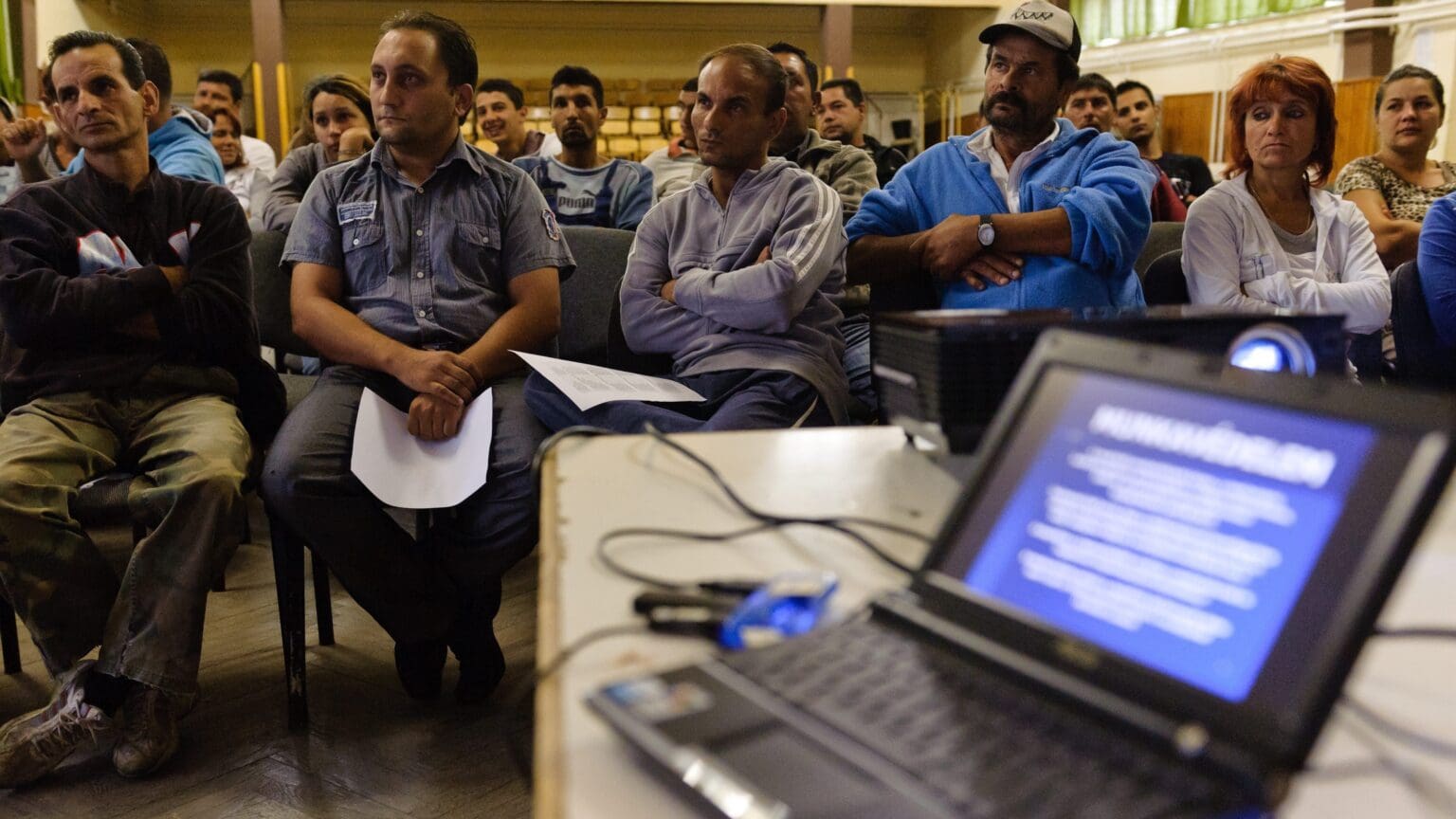
The Roma were the real losers of the fall of communism. With the regime change, most Hungarian Roma, and in fact, many non-Roma Hungarians, lost their livelihoods, as the unskilled jobs they had filled vaporized with the collapse of the outdated and unsustainable industry created under state socialism.
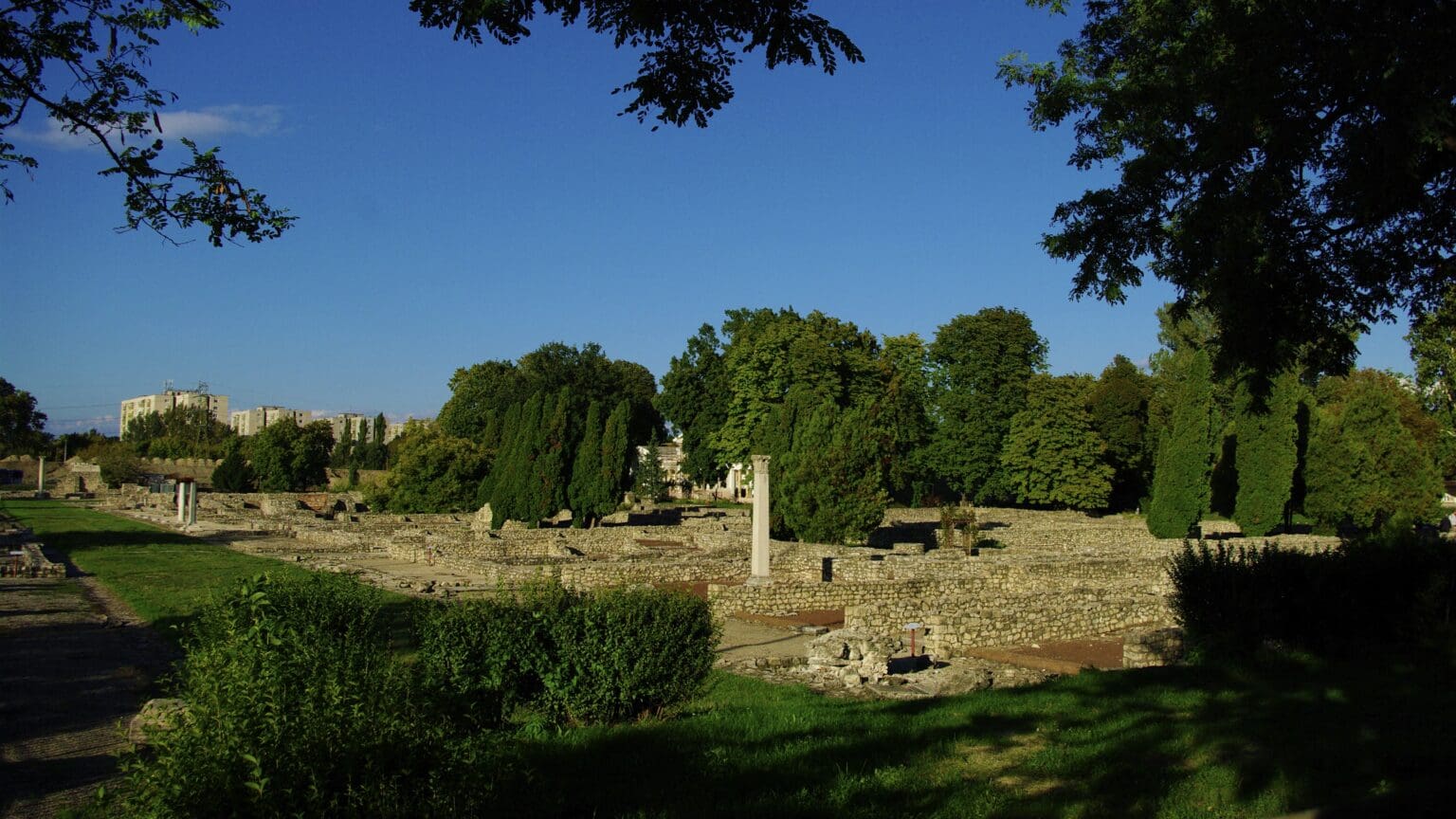
The Western parts of Hungary used constitute the Roman province of Pannonia, a land that served as a buffer zone, a bulwark protecting the Empire from the perils posed by the steppe peoples, especially after the Romans retreated from Dacia.

A couple of years ago, the famous meme ‘Hide the Pain Harold’ used to be among the most widespread on the internet, and even today it still enjoys a decent degree of popularity. This brought the man depicted in the memes, Hungarian-born András István Arató, plenty of publicity, in fact, so much so that the electrical engineer from Kőszeg didn’t know how to handle it at first. Let’s uncover the story behind his unexpected success!
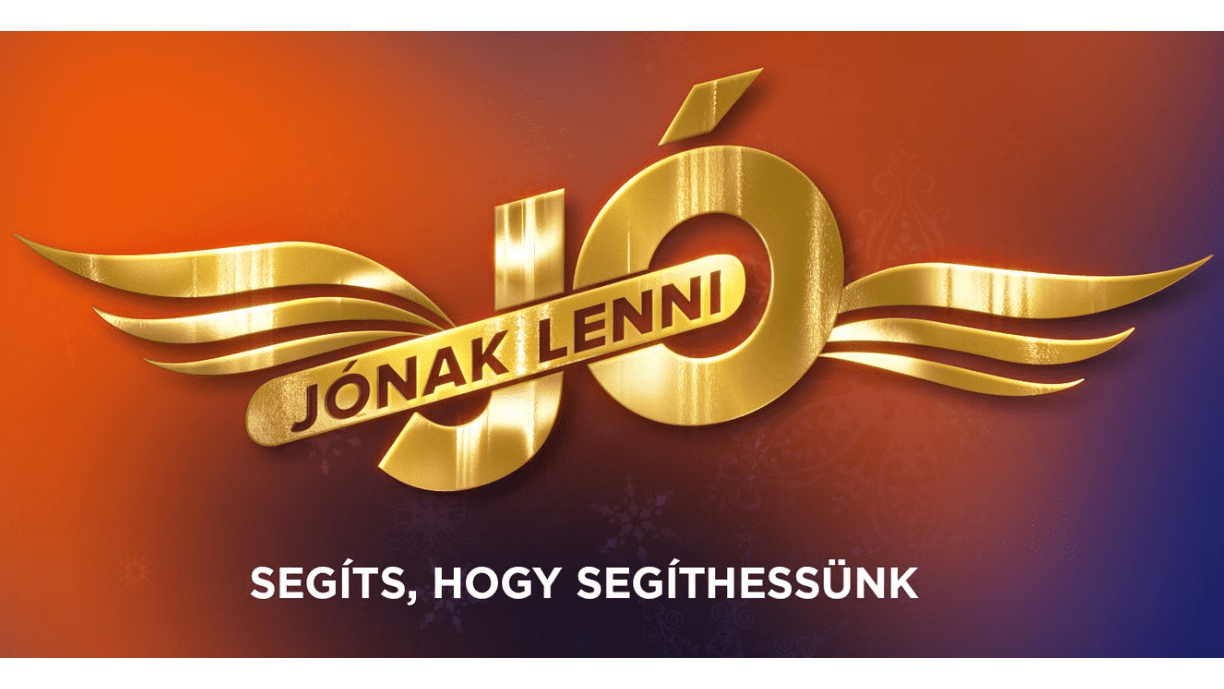
This is the 12th edition of the annual charity fundraising campaign, held by the Hungarian public broadcasting company MTVA. Over the years, it has raised over 2 billion HUF ($5.7 million) for good causes, thanks to the generosity of the Hungarian people.

Tony Abbott, who served as the Prime Minister of Australia between 2013 and 2015, will be joining the line-up of guest lecturers of the Budapest-based think tank the Danube Institute this autumn. He will be giving lectures at events and will be regularly publishing in the print magazine Hungarian Conservative.
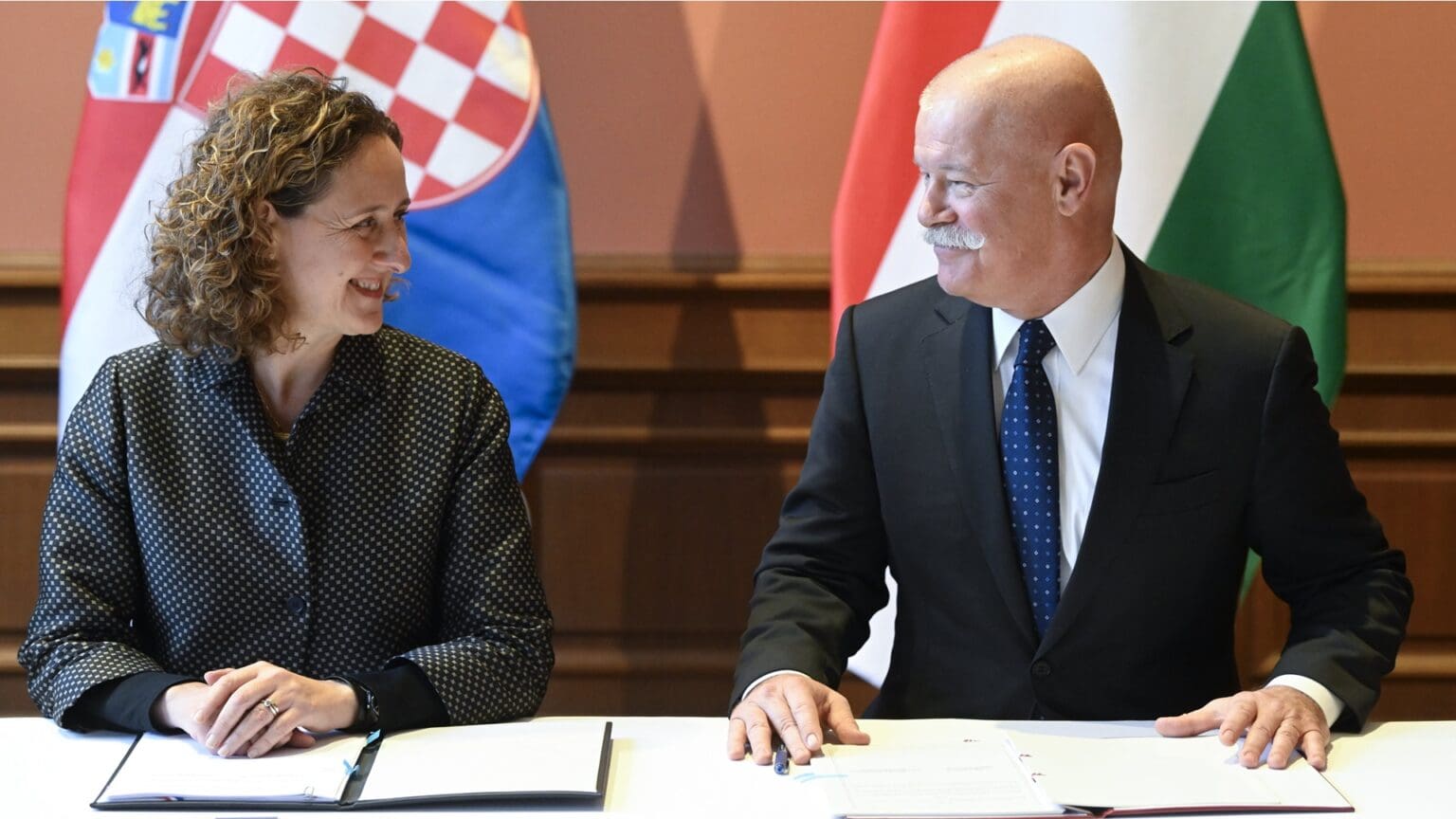
Under the scope of the renewed cooperative cultural project, many events will be held in the two countries in the next two years, including theatre performances and the publication of literary translations. Minister of Culture and Innovation János Csák of Hungary and Minister of Culture and Media Nina Obuljen-Koržinek of Croatia announced the new agreement at the Budapest Museum of Fine Arts on Monday.

Hungary won their Euro 2024 qualifying group unbeaten and ended the entire year without losing a single game. The National Team gave very little opportunity for the small minority of contrarians, actively rooting against them, to gloat.

Hungary’s geographical location gives it an important role on NATO’s eastern flank and the Alliance is very grateful to Hungary for hosting one of the eight NATO battle groups, Deputy Commander of NATO’s Land Command (LANDCOM) Nicola Zanelli said in an interview with HDF website honvedelem.hu.
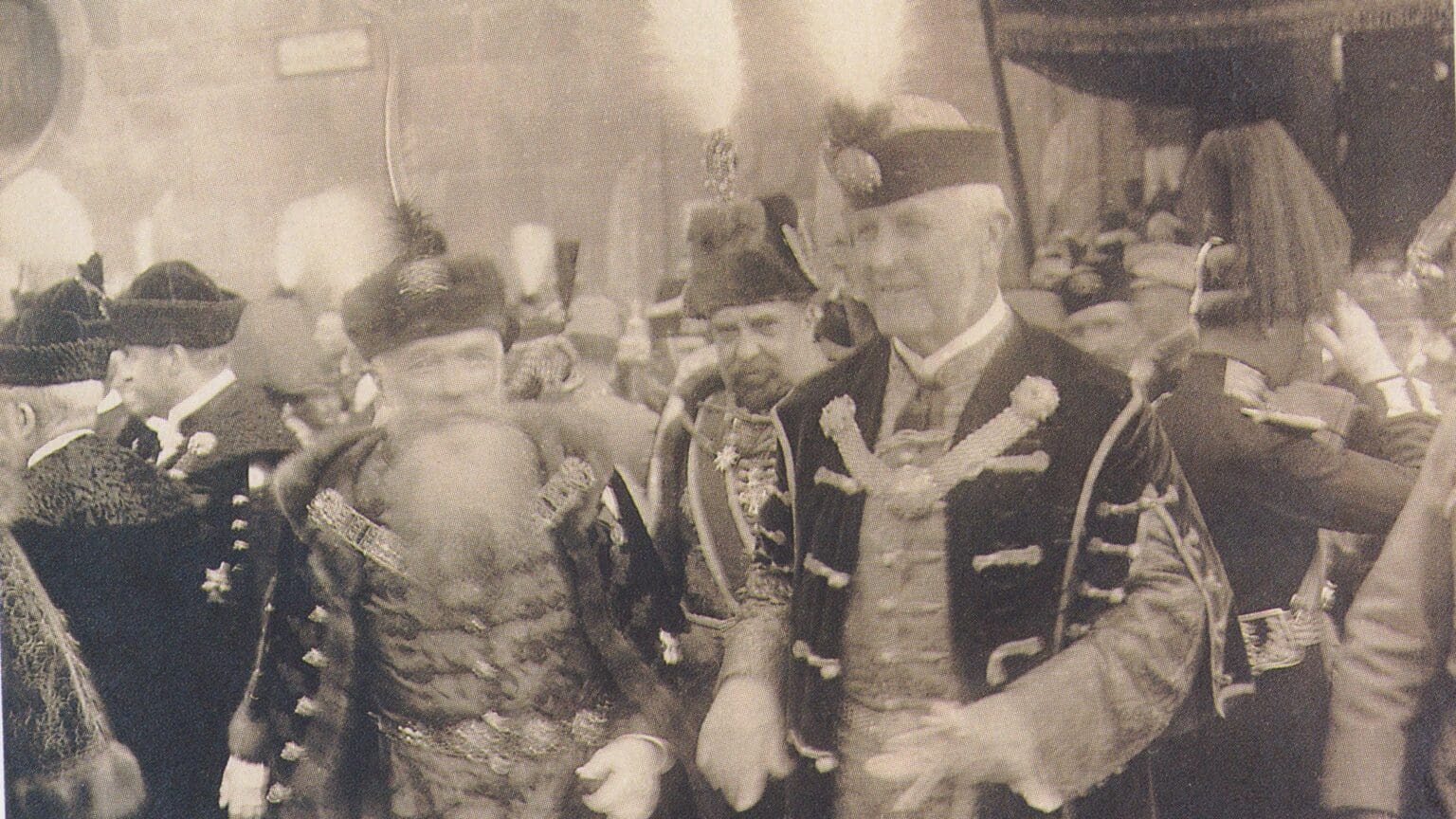
Sándor Wekerle was born 175 years ago in 1848. While being one of the most remarkable and enlightened Hungarian politicians of the Compromise era, he was largely exiled from history in the twentieth century.

Magda Szabó is one of the most widely read authors in Hungarian literary history, with her writings translated to dozens of languages. Her perhaps best known work is the 1970 young adult novel Abigail. She passed away 16 years ago today.
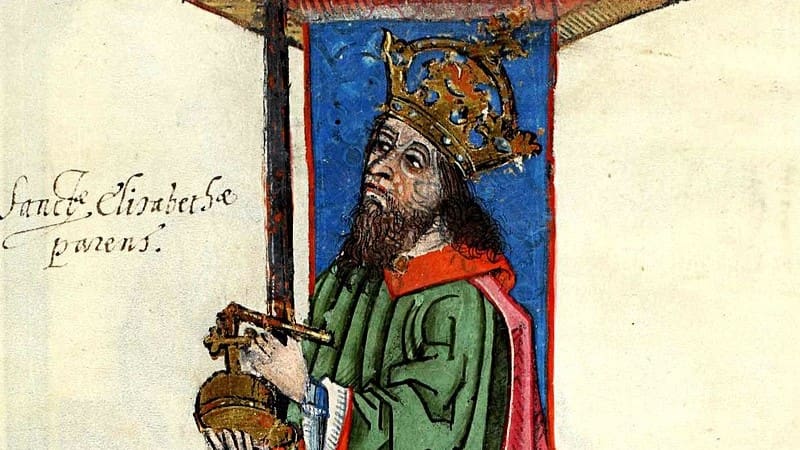
French historian René Grousset was the first in the international literature to show an understanding of the Crusade of Andrew II and many more continue to do so today. We do not see the campaign as successful because it was Hungarian, but because it was, in its time, a uniquely well-led, and, in our modern terms, ‘peace-making’ campaign with limited objectives.
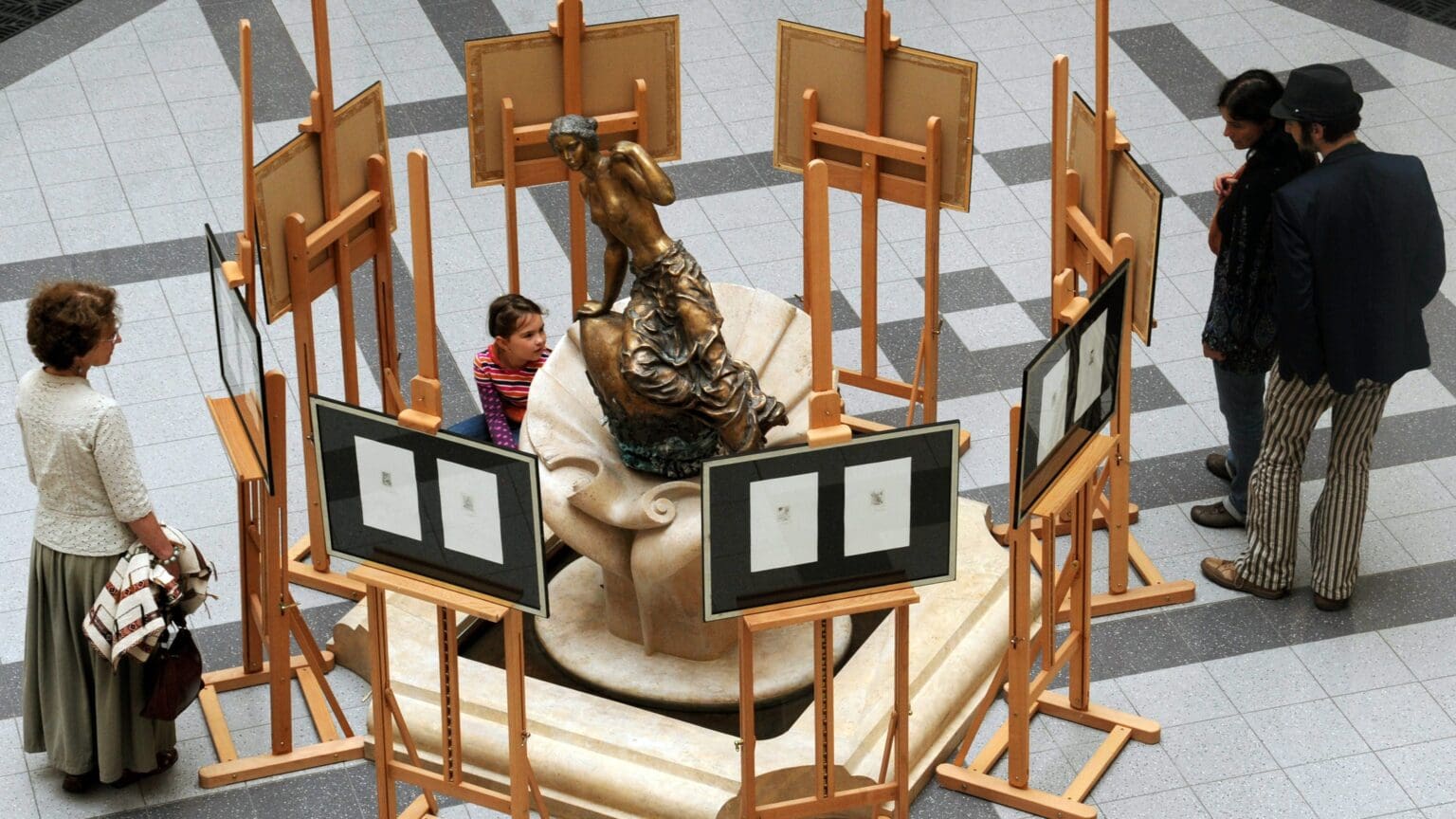
Alongside the original copperplate prints by prominent illustrator János Kass, the exhibition will feature the animated film inspired by Madách’s The Tragedy of Man titled Dilemma, one of the earliest computer-generated animations worldwide.
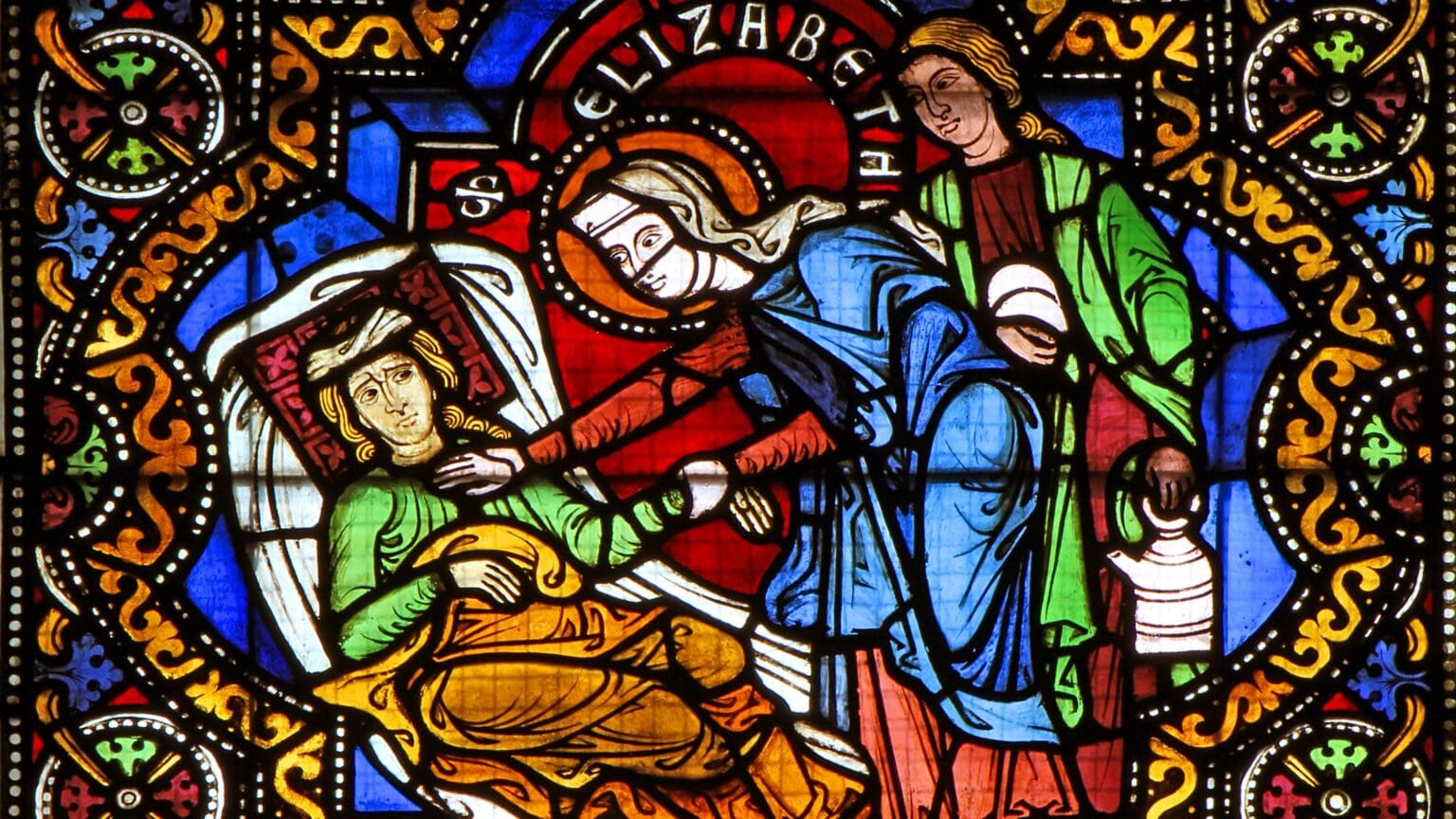
Elizabeth was declared a saint four years after her death. She is often symbolized by a triple crown, which stands for her roles as a member of royalty, as a mother, and as a saint, crowned in heaven. She is the patroness of the Franciscan Third Order and of all Catholic Charities.
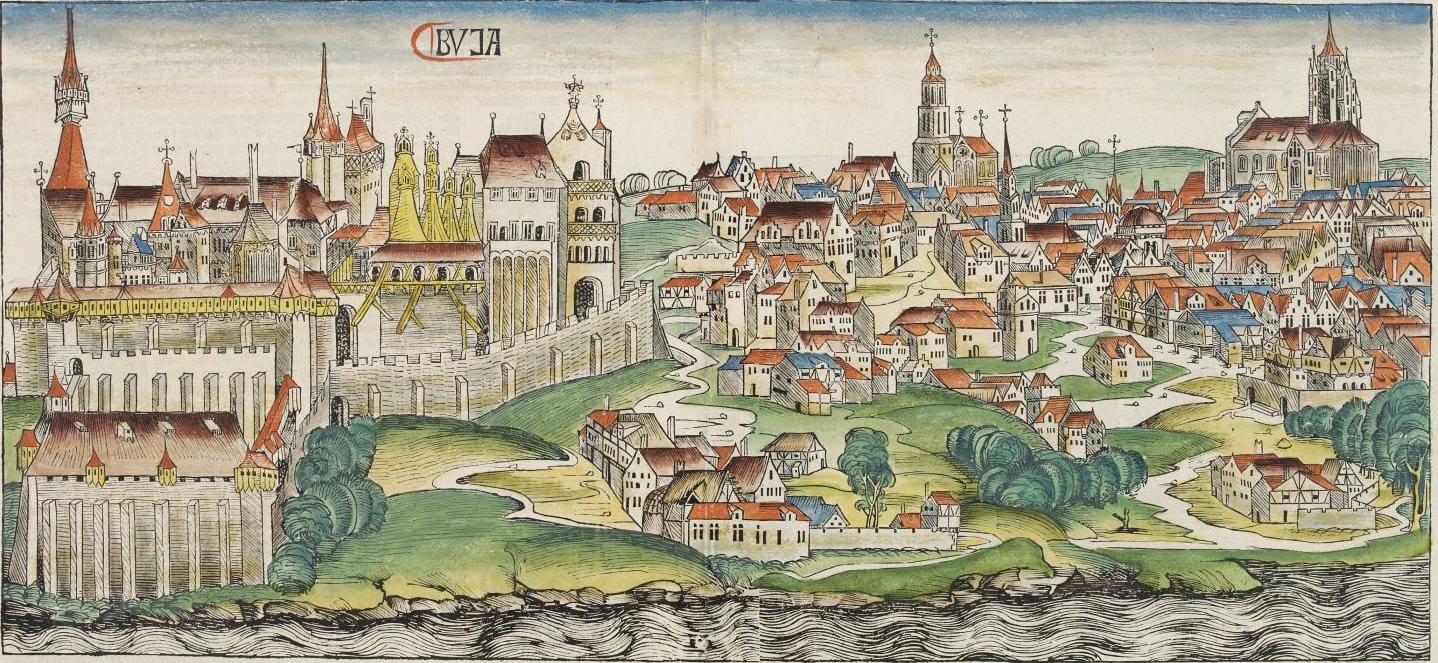
Today’s Budapest was created on 17 November 1873 by the merger of Pest on the left bank of the Danube and Buda and Óbuda on the right bank. The rich and tumultuous history of these settlements has been documented since the 11th century.
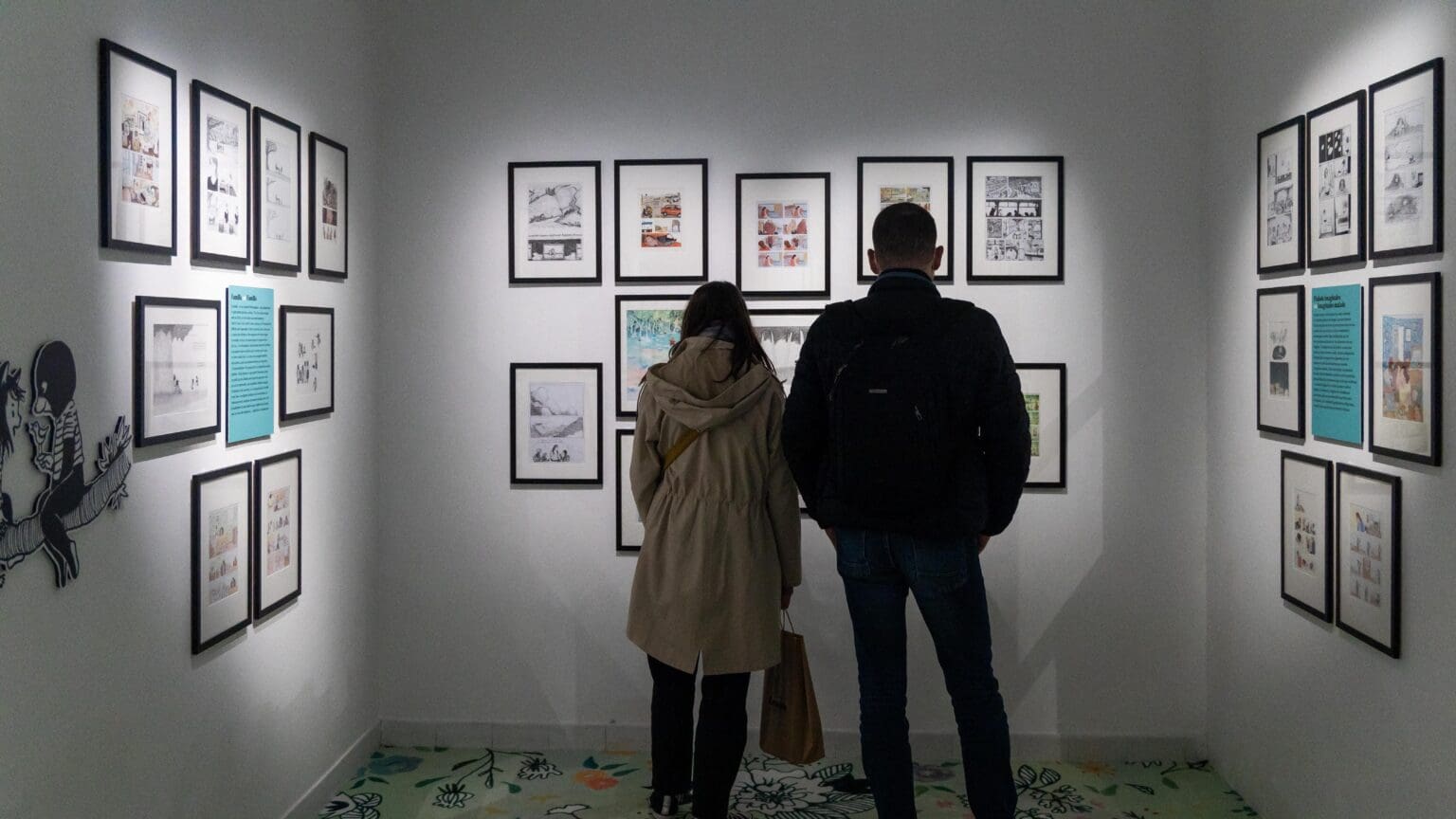
The festival’s highlighted theme is the world of historical comics. Enthusiasts can hear from renowned experts and practitioners in a roundtable discussion about the depiction of past events in comic panels. Attendees can get a glimpse into the world of French historical comics, engage in exciting discussions about the symbolism of swords in mythology and comics.
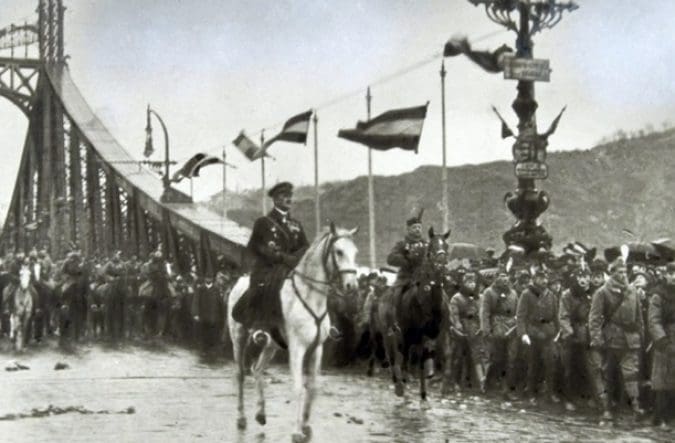
16 November marks the day when Rear Admiral, and later Regent, Miklós Horthy marched into Budapest in 1919, symbolically ending the Hungarian Soviet Republic. This remains a controversial event to this very day: while on the one hand, it ended a period of chaos and dictatorship, on the other hand, it bolstered the so-called White Terror.
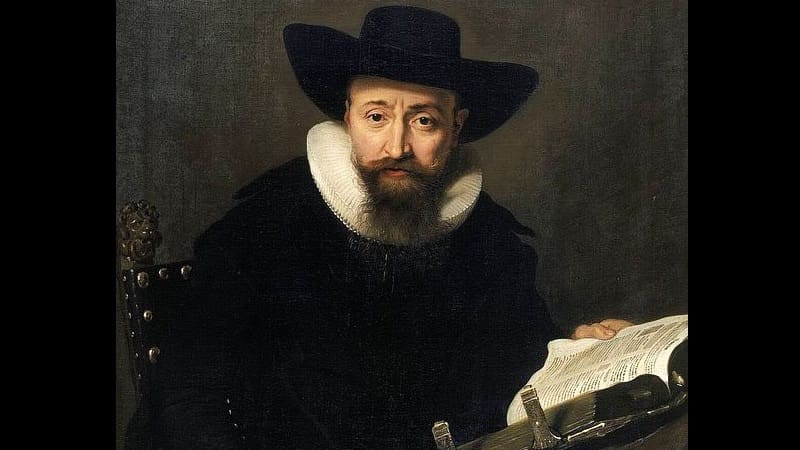
Although the synods, as we have seen above, have sought to act against excesses in the clothing of preachers, several sources attest that, in many cases, it was the deacons who had to discourage pastors from the temptations of fashion.

The new national stadium opened its door exactly four years ago today—its inaugural game was an international football friendly between Hungary and Uruguay. Since then, it has seen many great clashes and has routinely been filled to the brim with fans in the past few years.
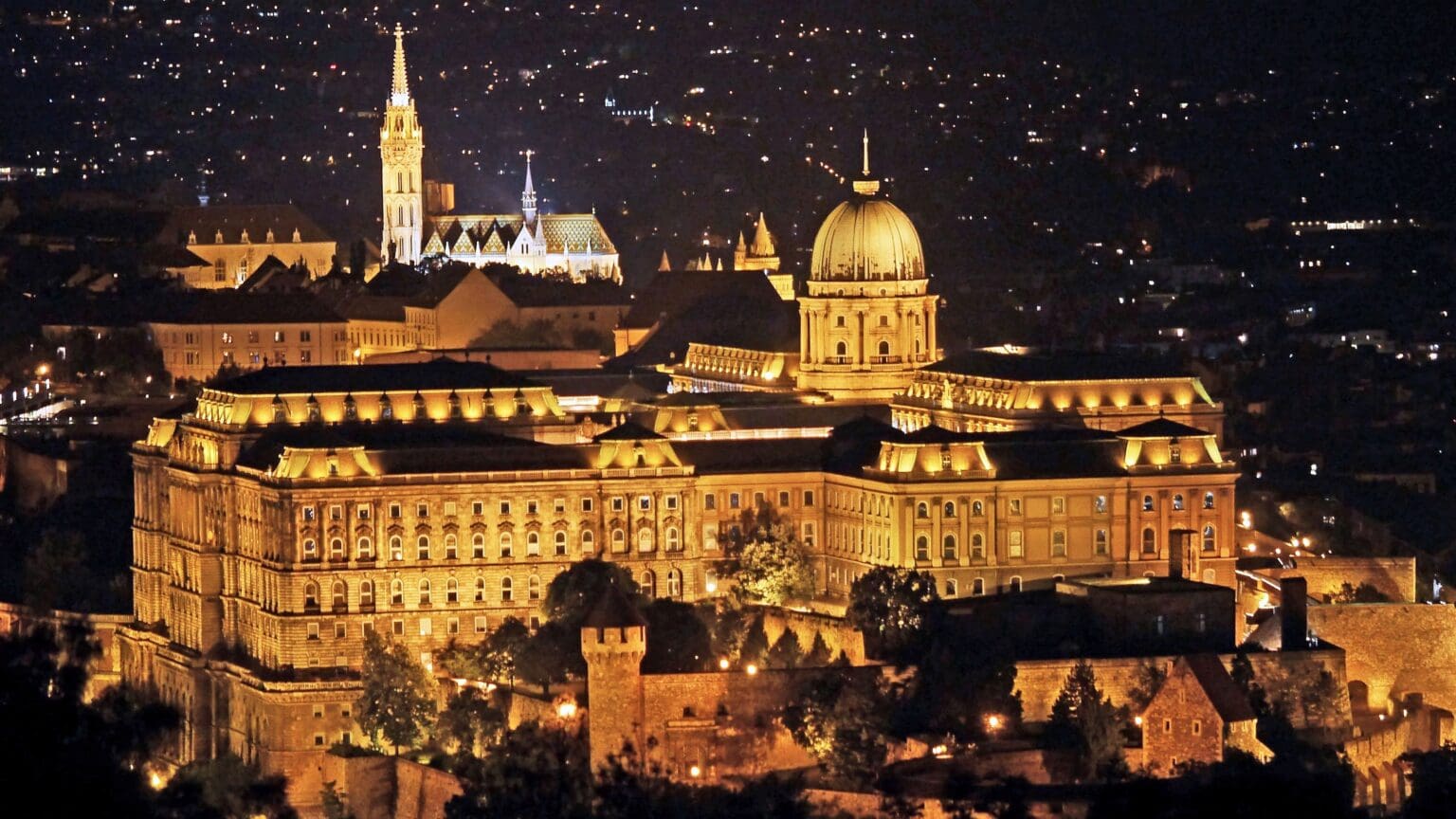
The German version of the travel blog Weloveholidays has compiled the nine most popular castles in Europe, based on Instagram posts and TripAdvisor reviews, for the 100th anniversary of the Walt Disney Company’s foundation. The Buda Castle ended up being ranked #8.

The Austro–Hungarian Empire was not a colonial empire in the traditional meaning of the word—however, there were a number of attempts on the part of the Dual Monarchy to establish overseas territories, some of which even had moderate success.

On Saturday, President of the International Association of Athletics Federations Sebastian Coe planted the first sapling for a legacy forest of 2023 trees in Budapest’s Újpest district in the company of Gábor Schmidt, the Deputy State Secretary responsible for sports management and development, and Gábor Reinitz, the CEO of Pilisi Parkerdő forest manager.
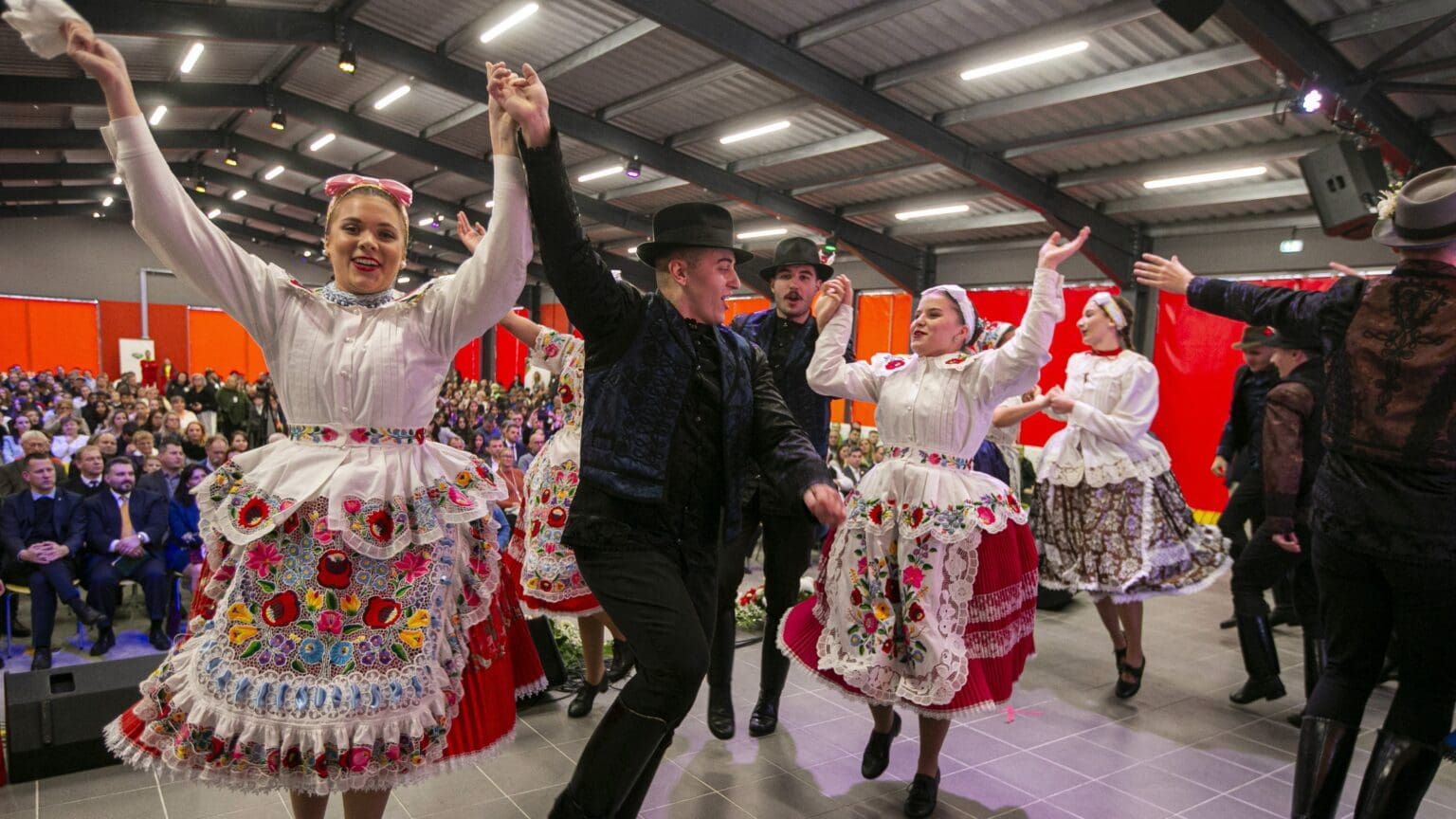
The charity event was organized by the Bread of Hungarians Foundation, the National Chamber of Agriculture, and the Hungarian Association of Farmers’ Circles and Agricultural Cooperatives, reaching 19 counties and 15 organizations beyond the borders, with nearly 500 organizations receiving flour donations. Representatives of the beneficiaries also received certificates of support and symbolic sacks of the Bread of the Hungarians flour.
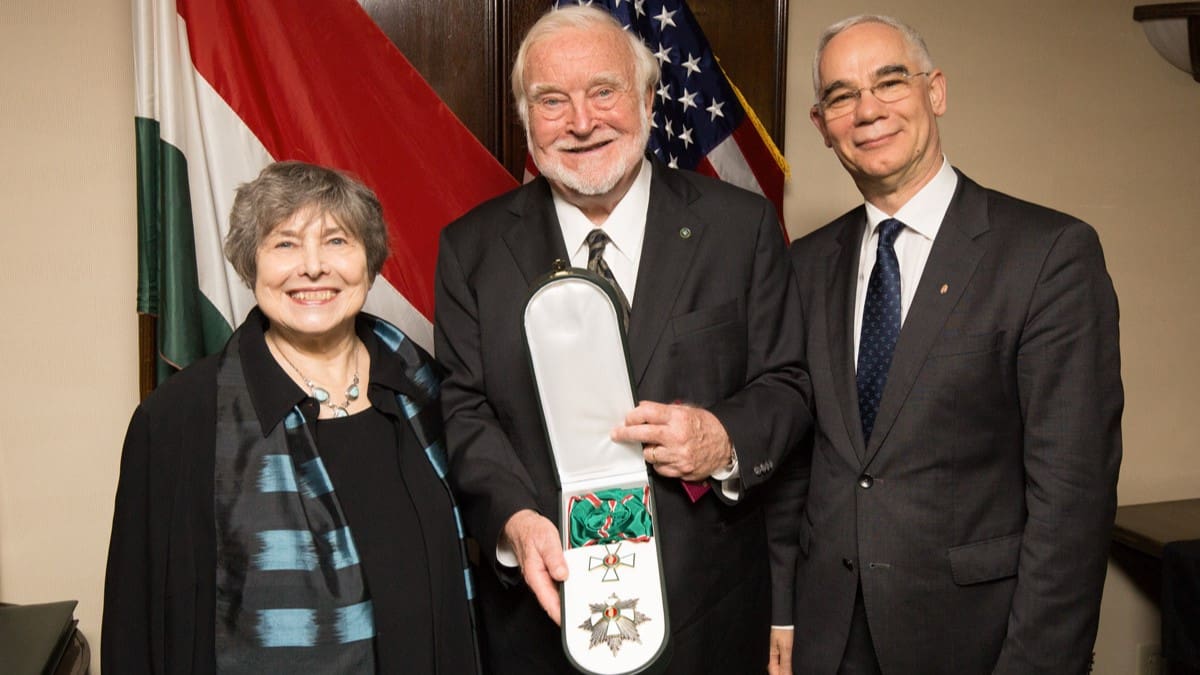
Mihály Csíkszentmihályi, a Széchenyi Prize winning Hungarian American psychologist, is best known for his theory of ‘flow’, a mental state that is the key to a harmonious and contented life.

The Houthi movement of Yemen has recently declared its support for Hamas in the Gaza conflict. What connects the Houthis, Hezbollah and Hamas is their backing by Iran.

There will be over a hundred screenings held under the event’s umbrella at 29 locations across the country. On this day, the eight art cinemas in Budapest and the 21 art cinemas in the countryside will offer a unique selection of films, giving the audience the opportunity to see them weeks or even months before their national premieres.

The event will be taking place from 9–11 November at the Budapest Congress Center. The latest innovations will be discussed by experts in all fields of oncology, from surgical, medicinal, and radiation therapy to the all-important prevention and screening.
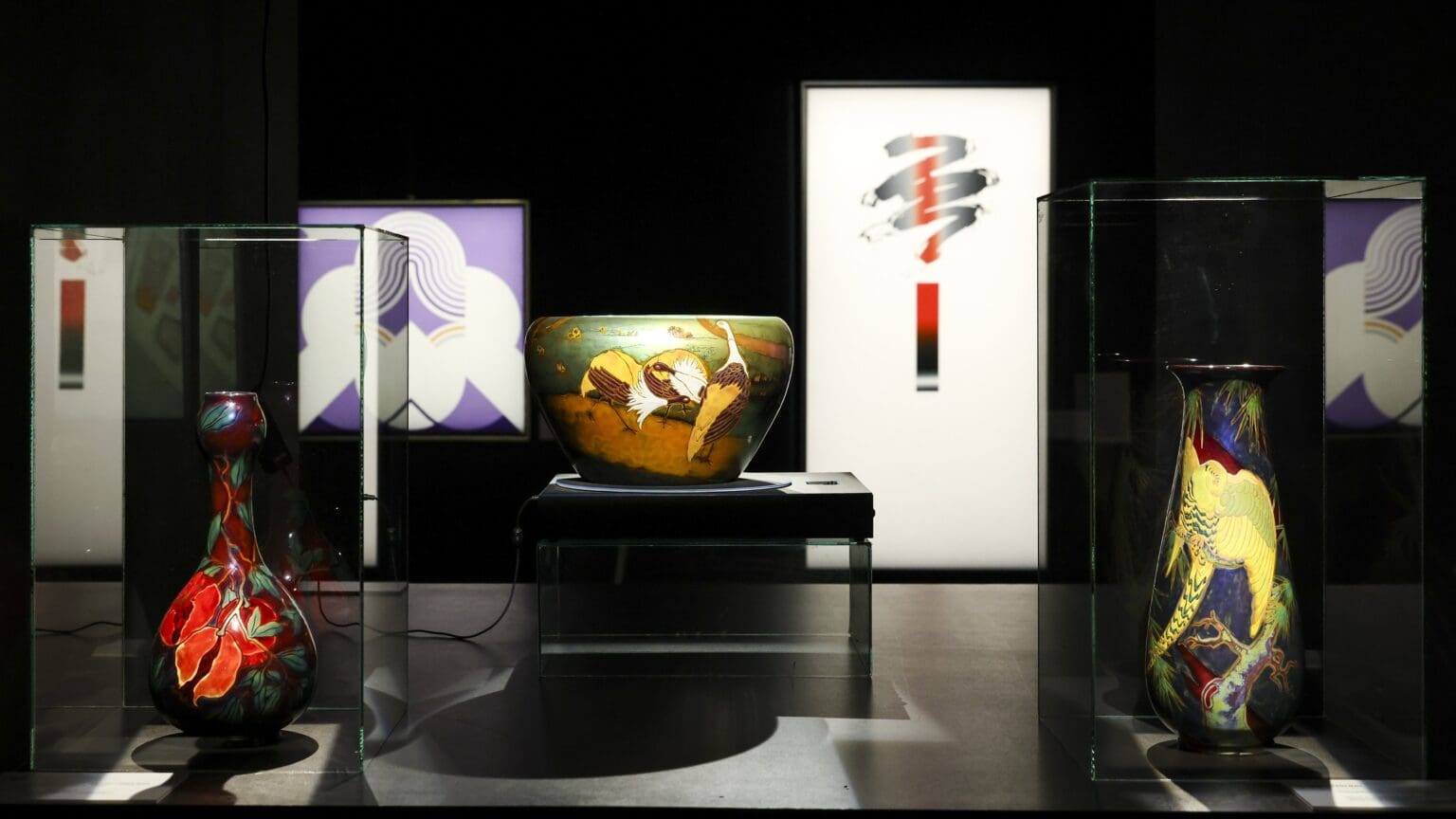
The Zsolnay family’s tireless effort to innovate made the company one of the most successful manufacturers of the Astro-Hungarian times and Zsolnay ceramics and tiles continue to adorn buildings across the country to this day. The brand is not past its prime: Zsolnay products in fact sell for record prices these days.